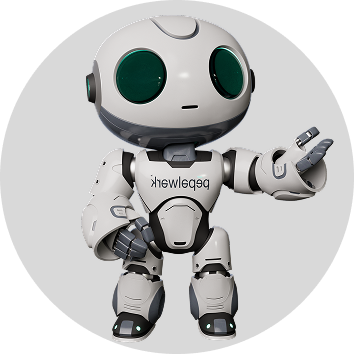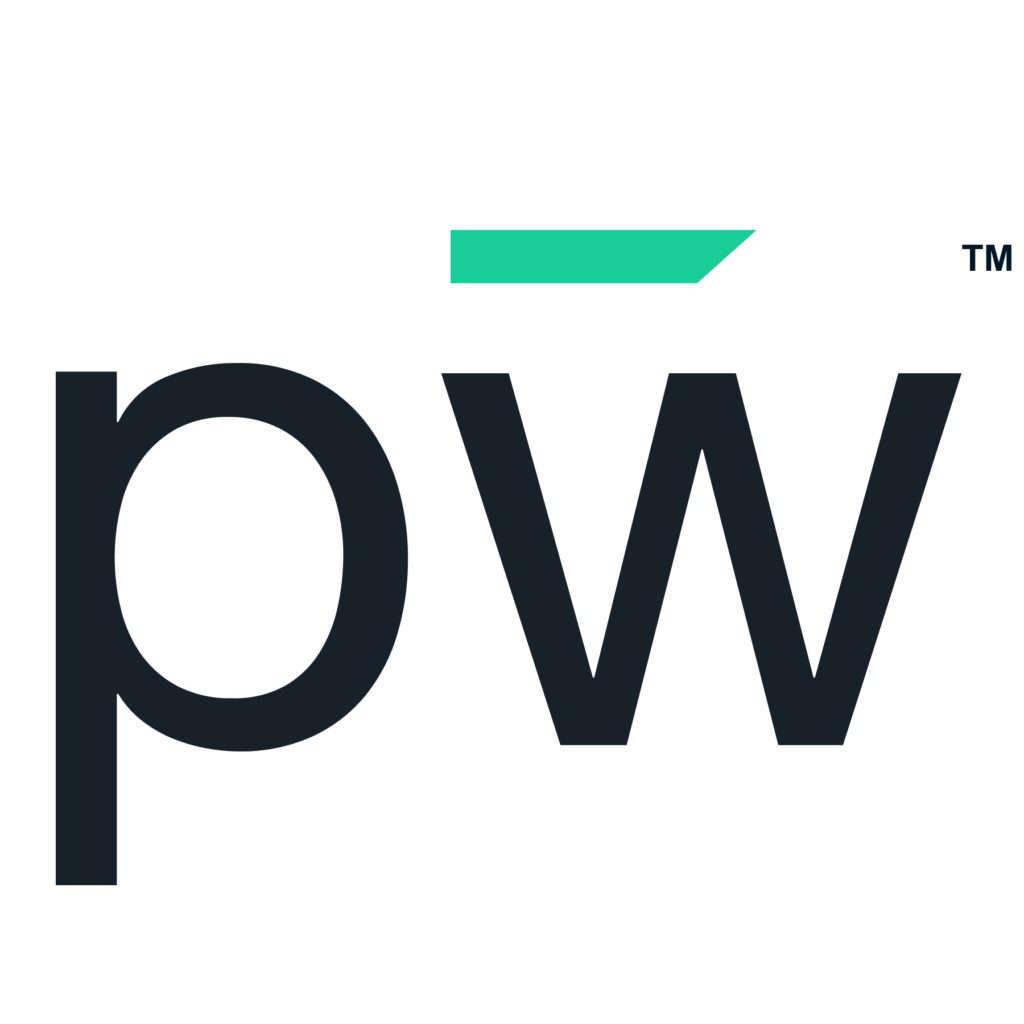In an ever-evolving job market, companies must prioritize workforce development to ensure their employees are equipped with the skills necessary for future growth.
The Importance of Workforce Development in a Changing Economy
In today's rapidly changing economy, workforce development is more crucial than ever. McKinsey & Company stated that "In volatile times people need to pick up new skills, and quickly. The past two years have already seen one huge wave of rapid reskilling." Companies that invest in their employees' growth not only enhance productivity but also ensure long-term business sustainability. As industries evolve, new technologies and methodologies emerge, making it essential for employees to stay current with the latest trends and skills.
Workforce development is not merely a response to economic changes but a proactive strategy to maintain a competitive edge. By prioritizing employee growth, companies can adapt more swiftly to market demands and technological advancements, thereby securing their future in an unpredictable economic landscape.
The Power of Upskilling, Reskilling & Certifications | How to Stay Competitive in 2024
Identifying Skill Gaps and Opportunities for Growth
To effectively develop their workforce, companies must first identify existing skill gaps and potential opportunities for growth. This involves conducting thorough assessments of current employee capabilities and comparing them with the skills required to meet future organizational goals.
Once skill gaps are identified, companies can tailor their training programs to address these deficiencies. This personalized approach ensures that employees receive the specific training they need to excel in their roles and contribute meaningfully to the company's success.
Innovative Upskilling and Reskilling Programs
Upskilling and reskilling programs are essential components of workforce development. Upskilling focuses on enhancing existing skills, while reskilling prepares employees for new roles within the company. Innovative programs like those offered by pepelwerk provide flexible and targeted training solutions that help employees adapt to changing job requirements.
These programs can include a mix of online courses, workshops and career coaching sessions. By leveraging diverse learning methods, companies can ensure that their employees remain engaged and motivated throughout the training process.
Leveraging Technology for Effective Training Solutions
Technology plays a pivotal role in modern workforce development. Advanced tools and platforms can facilitate more effective and efficient training solutions. For example, e-learning platforms allow employees to access training materials at their own pace, while virtual reality simulations offer immersive, hands-on experiences.
Additionally, data analytics can help track employee progress and identify areas where additional training may be needed. By leveraging technology, companies can create more personalized and impactful training programs that drive better outcomes.
Creating a Culture of Continuous Learning
A culture of continuous learning is vital for sustained workforce development. Companies should encourage employees to pursue ongoing education and professional development opportunities. This can be achieved by providing access to learning resources, offering incentives for skill advancement, and fostering an environment where knowledge sharing is valued.
By promoting continuous learning, companies not only enhance their employees' skills but also cultivate a more adaptable and innovative workforce. This commitment to ongoing development ensures that employees remain future-ready and capable of meeting the challenges of an ever-changing job market.









